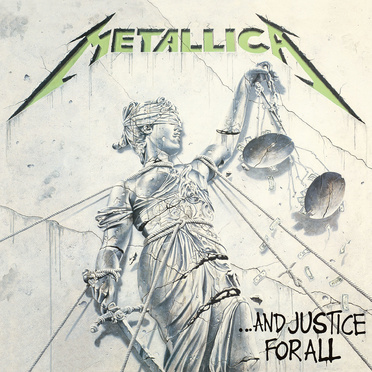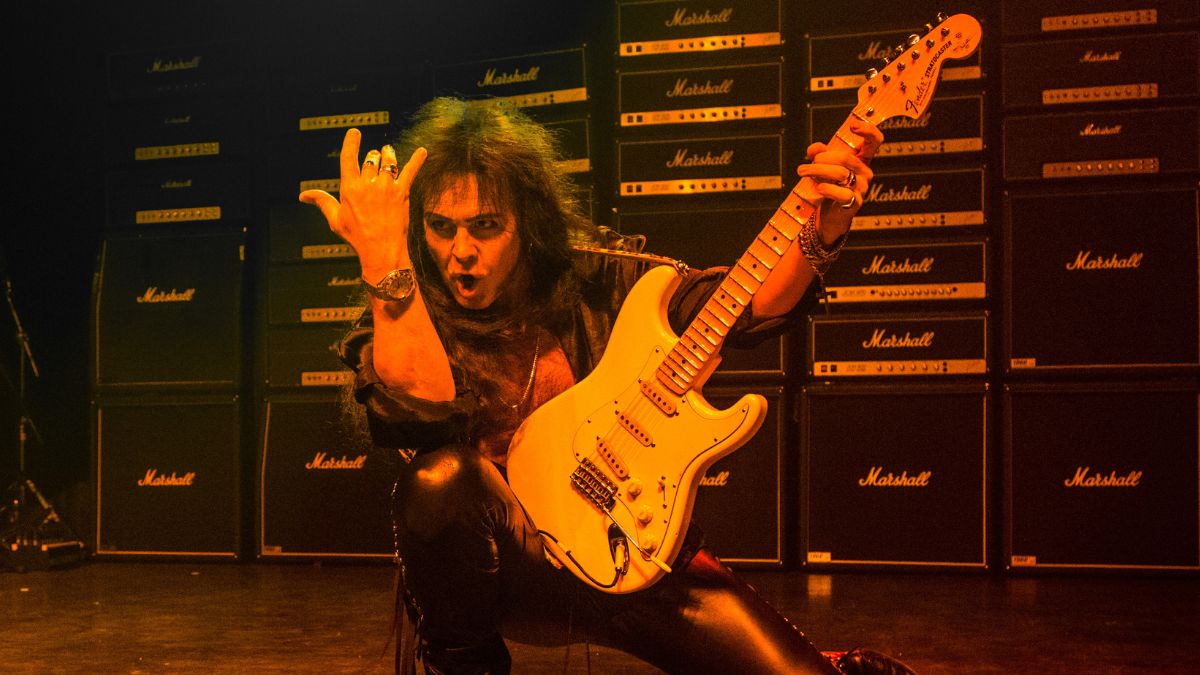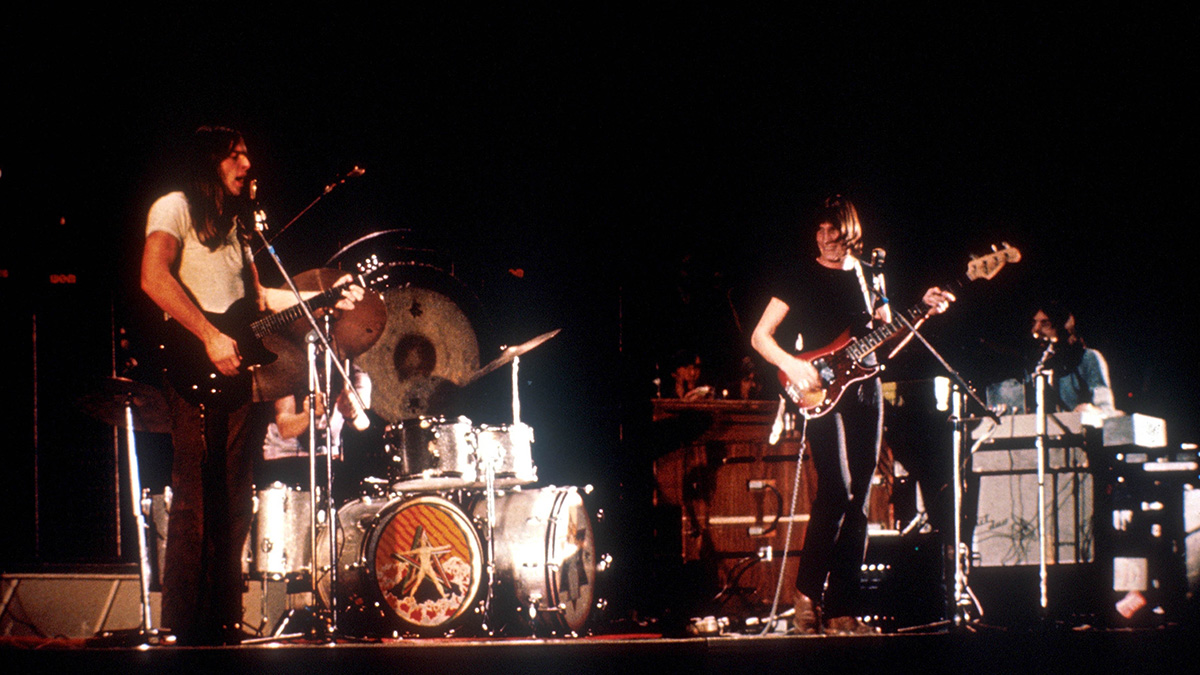Metallica Hints at a 30th Anniversary '...And Justice for All' Box Set
Band posts short video clip of the album being manufactured.
Metallica have posted a short video to their official Twitter account of what appears to be a box set edition of 1988’s …And Justice for All being manufactured at a pressing plant. The video is captioned with the hashtag #comingsoon.
If and when a deluxe reissue of …And Justice for All is announced, it will likely be part of a 30th celebration of the album, which was originally released on August 25, 1988.
#comingsoon pic.twitter.com/KolLpE0Gl8August 31, 2018
In a Guitar World interview from 2002, guitarist Kirk Hammett discussed recording the album’s mainstream breakthrough song, “One,” including the gear he used in the studio and how he composed the track’s iconic middle and outro solos.
Said Hammett: "I lost a lot of sleep over that set of guitar solos! The main guitar solo at the end, with the right-hand, Eddie Van Halen-type tapping, came almost immediately. That guitar solo was just a breeze; what was going on with the rhythm section in that part of the song was just very, very exciting for me to solo over: The first solo was a little bit more worked out. I heard James playing some really melodic stuff over the intro, just doodling around, and I thought, That's pretty cool, I'm gonna use part of that. So I have to give credit to James for subliminally pushing me in that melodic direction. I think the first two licks at the top of the first solo are his, and the rest of the solo just sort of fell into place. That little chord comp thing in that first solo came from a major-chord exercise that I do all the time. I thought it would sound really good in the solo if I just staccato-picked it and resolved it right there. I thought the solo needed something to perk people's ears up.”
Hammett continued, "The middle guitar solo in that song, I must have recorded and rerecorded it about 15 million times. I wanted a middle ground between the really melodic solo at the beginning and the fiery solo at the end; I wanted that to sit very confidently within the song, but it sounded very unconfident, and I was never happy with it. Finally, it came down to the wire: we were mixing the album while simultaneously touring on the Monsters of Rock tour. One night, I flew from Philadelphia to New York City, and while everyone else was on their way to Washington, D.C., I went to the Hit Factory and rerecorded the solo again. I brought my guitar, I had one of my main amps sent to the studio, and I redid the solo there and finally nailed it. I was very, very happy about that! The next day, we played a show in Washington, D. C. It got panned by the critics, because we'd all only had about three hours of sleep and were exhausted. But I got a good solo the night before, so it was worth it.
"I think at that point I was using the ESP neck-thru-body KH-1 guitar, with the skulls on the fingerboard. I'd gotten that guitar in '88 and used it pretty prominently in the studio. I also used an ADA preamp and an ADA MP-1—it was a programmable digital amp that had tubes in it, with a separate rack-mounted EQ. I remember blending that thing with the Boogies for lead sounds and clean sounds. The clean sound on 'One' was done almost exclusively with the ADA MP-1."
Get The Pick Newsletter
All the latest guitar news, interviews, lessons, reviews, deals and more, direct to your inbox!

Rich is the co-author of the best-selling Nöthin' But a Good Time: The Uncensored History of the '80s Hard Rock Explosion. He is also a recording and performing musician, and a former editor of Guitar World magazine and executive editor of Guitar Aficionado magazine. He has authored several additional books, among them Kurt Cobain: Montage of Heck, the companion to the documentary of the same name.











